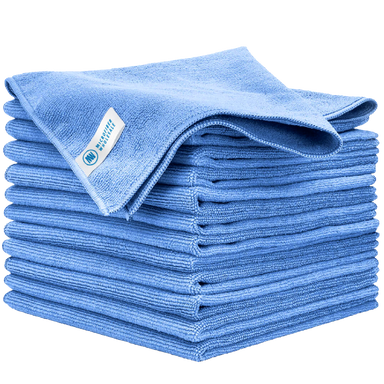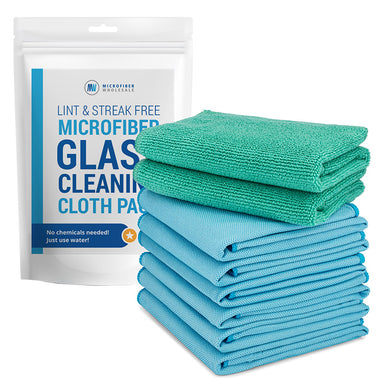1. Cabinet Handles and Drawer Pulls
Small Touches That Harbor Big Germs
These small, high-touch details often get overlooked, but they’re magnets for bacteria, grease, and fingerprints. In busy kitchens, people constantly open drawers with hands covered in everything from raw meat juice to cooking oil. The result? Grimy buildup that clients may not see but definitely feel when they reach for a handle. Even in commercial settings, these are hygiene hot zones.
Best Way to Clean It
Spray a disinfecting degreaser onto a microfiber cloth, then wipe fronts, sides, and undersides of each handle. Don’t forget knobs and vertical edges where fingers naturally grip.
2. Light Switches and Outlet Covers
Often Forgotten, Always Touched
Switches and outlet plates may not seem like part of the kitchen cleaning checklist, but they absolutely should be. They're touched frequently, especially mid-cooking, when hands are messy, oily, or damp. That means they become sneaky collectors of bacteria and food residue. A quick glance may not show grime, but these are the kinds of details that leave a lasting impression if missed.
Best Way to Clean It
Never spray cleaner directly on a switch. Instead, mist your cloth lightly, wipe the entire plate and toggle, then follow up with a dry microfiber to remove any streaks or smudges.
















